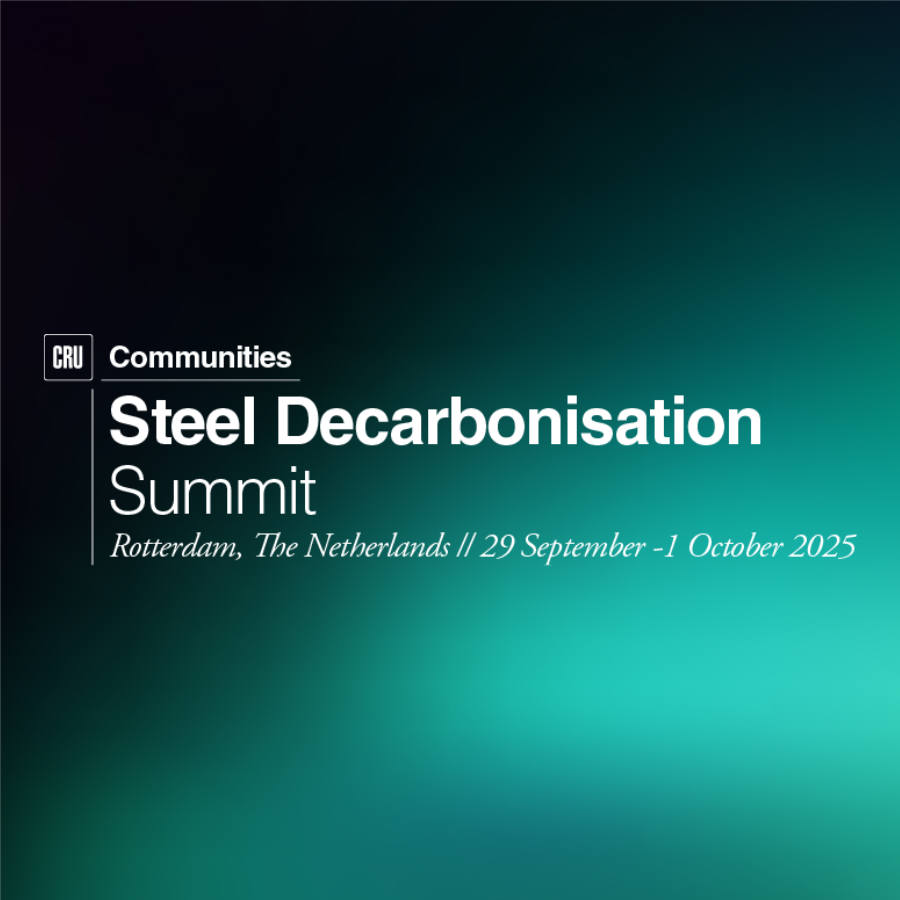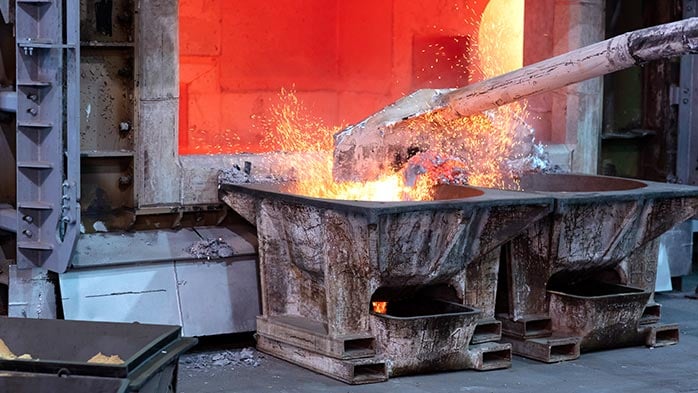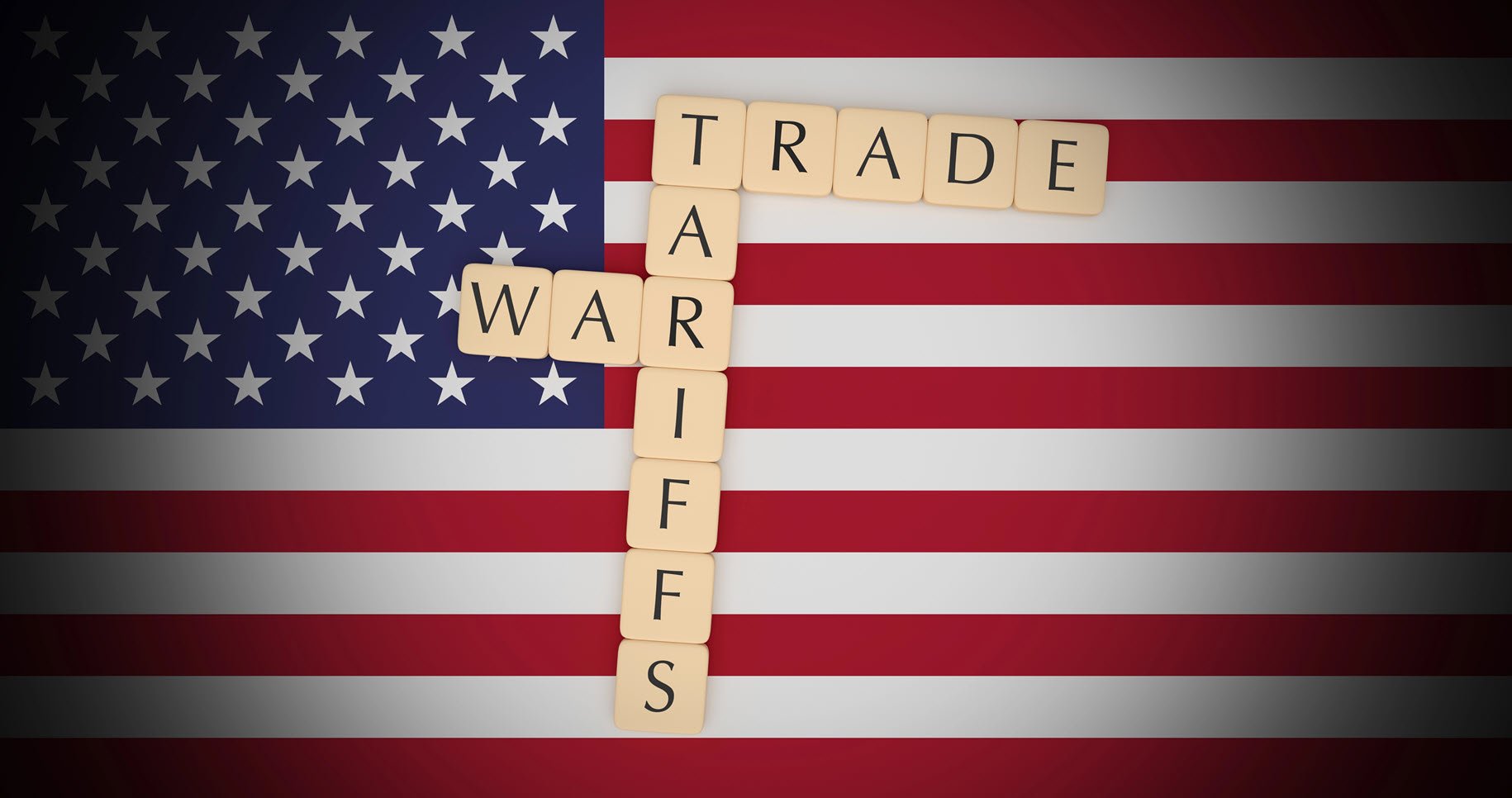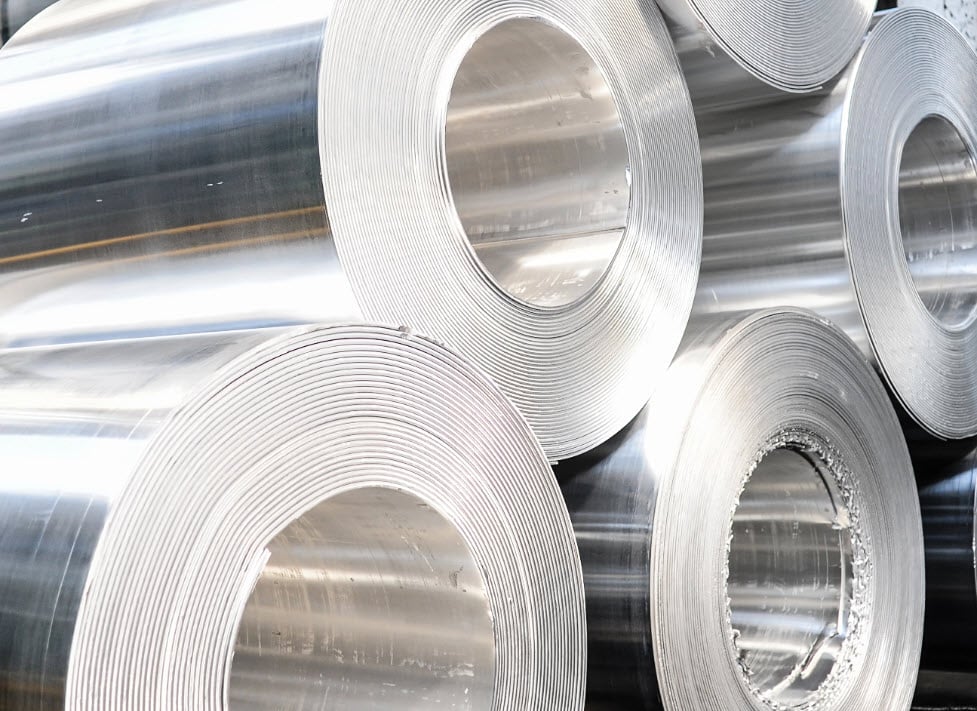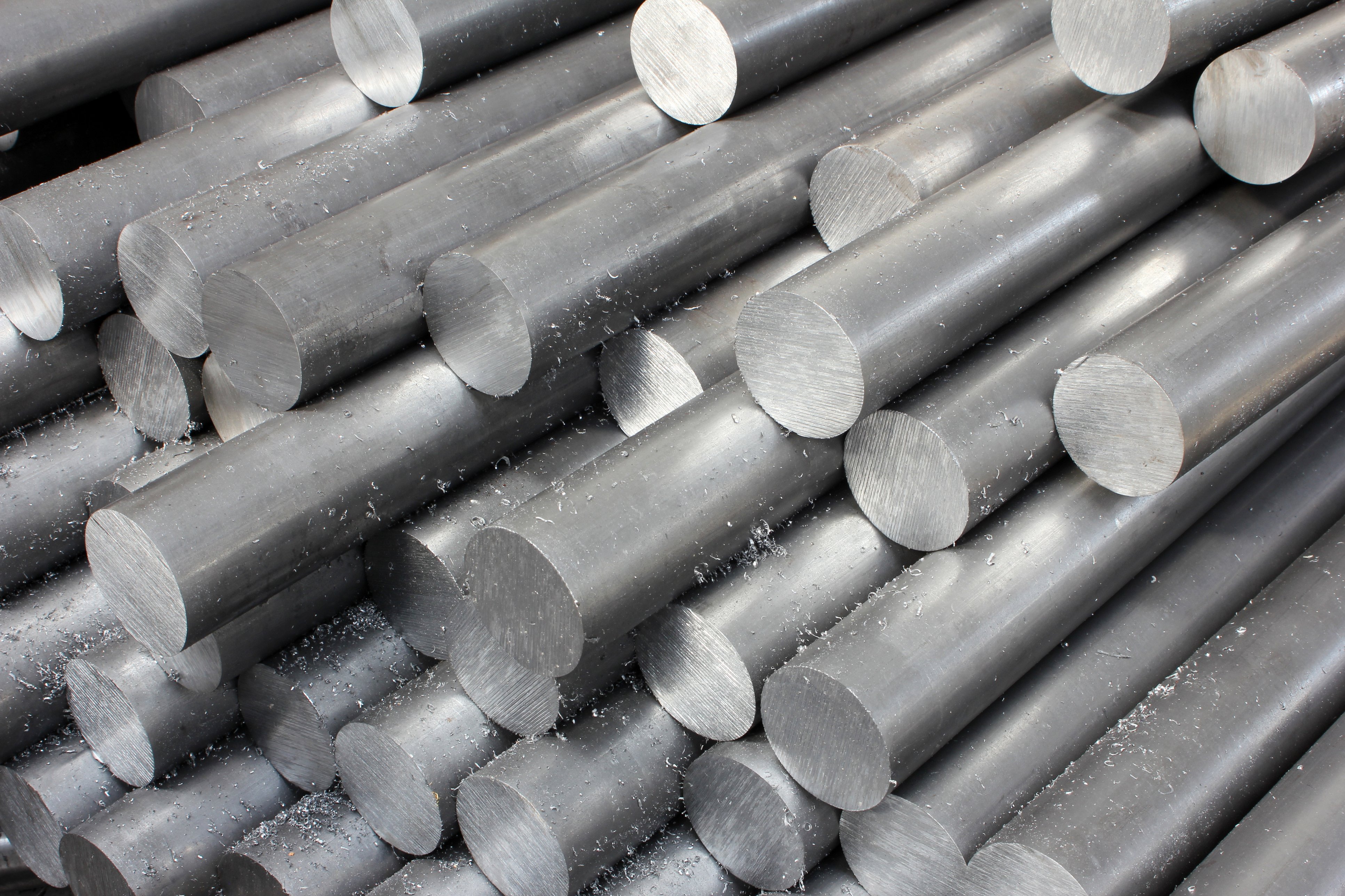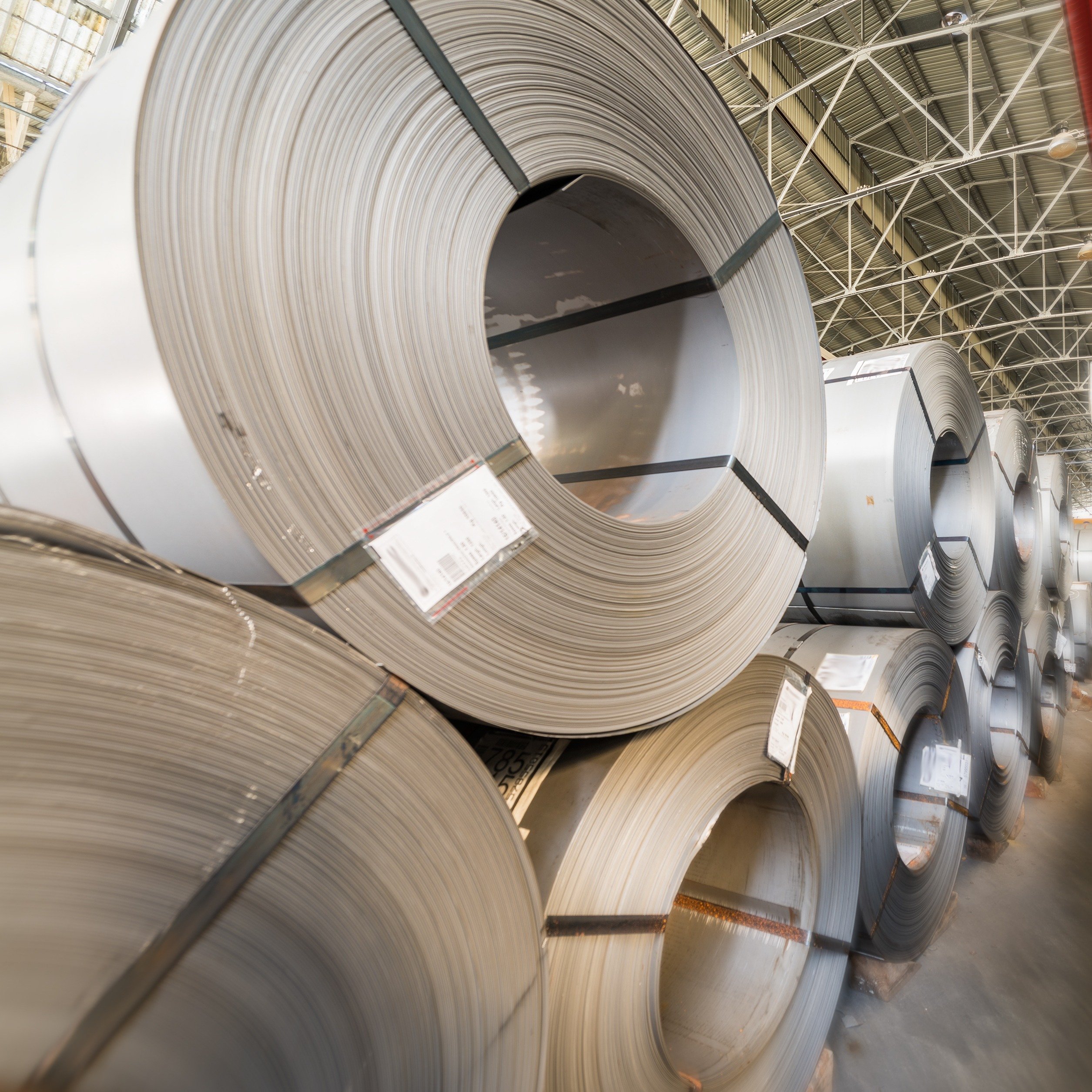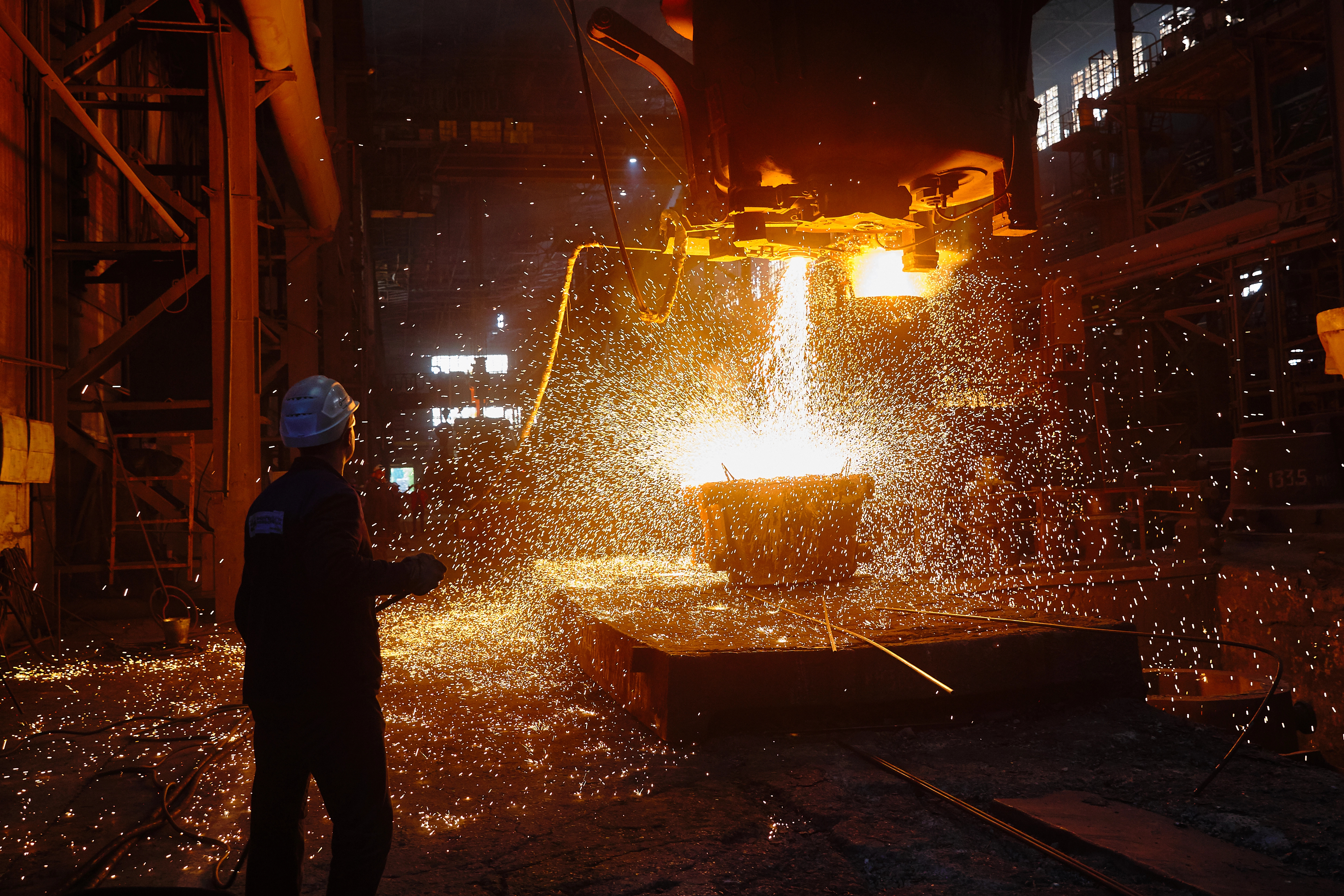The European industry has had a rough couple of years. The EU industrial production index fell by 1.8% in 2023, and we expect it to fall a further 2.4% in 2024. Monthly data suggests it is yet to bottom out. We expect a modest cyclical recovery to bring growth in 2025 – the risk of a global trade war is a clear near-term threat to this. However, there are deeper issues with the sector which may not be easily overcome, and have led to fears of ‘de-industrialisation’ in Europe.
The current slump is a result of cyclical and structural issues
The decline over the past two years has partially resulted from cyclical factors, which may not represent long-term weakness. Input cost inflation, driven by high energy prices, global supply-chain disruption and labour shortages, combined with dampened demand and high interest rates, have constrained European growth. In contrast to the US, fiscal policy has tightened, especially in Germany.
More concerning are the structural problems Europe is facing. The EU’s aim to transform Europe into the world’s first net zero continent has led to fossil fuel disincentives such as the Emissions Trading System, caps on ICE vehicles and individual member-state restrictions.
However, renewable energy still made up only 18% of the industrial energy mix in 2022, compared to the 71% from fossil fuels. In 1990, these figures were 4% and 83%, respectively. Although the EU has significant market share in many green technologies, it has fallen behind China in EVs and batteries, and behind the US in self-driving technology. The automotive sector – a traditional European strength – is facing huge challenges. More generally, the EU is over-regulated, over-taxed and under-investing compared to key competitors such as the US and China (Figure 1).
The European industry is heavily dependent on imported raw materials. The EU runs a trade deficit of €29.4 bn in energy and €2.8 bn in other raw materials. Europe, and particularly its largest economy Germany, has traditionally been a big exporter. The global turn towards economic nationalism is therefore a major threat to the European industry. Perhaps most worryingly of all, China is increasingly competing in more advanced market segments such as capital goods and transportation equipment where Europe has traditionally enjoyed comparative advantage. However, exports have been more resilient than Industrial production, while imports have seen a deeper fall – suggesting that weak domestic demand has a also played a crucial role (Figure 2).
If you are keen to hear more about our views on Europe and the global economy, please refer to CRU’s Global Economic Outlook.
With additional contribution from Tom Wescott, Intern





